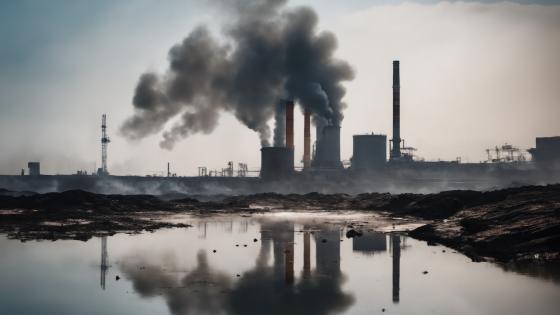DP16778 Carbon Emissions and the Bank-Lending Channel
We study how firm-level carbon emissions affect bank lending and, through this channel, real, financial, and environmental outcomes in a sample of global firms with syndicated loans. For identification, we use bank-level commitments to carbon neutrality to proxy for changes in banks’ green preferences and, via these bank commitments, shocks to firms with previous credit from these banks. We find that firms with higher (lower) scope-1 emission levels previously borrowing from banks making commitments subsequently receive less (more) total bank credit. The economic mechanism at play is bank credit supply, and results are consistent with bank preferences for green rather than differential response to an increased firm risk. The reduction in bank lending to brown firms triggers the reduction in these firms’ total debt, leverage, total assets, and real investments. The effects are non-linear, with a strong cut (increase) in lending and investments for brown (green) firms, and mild effects for other firms. Despite the real and financial effects, we find no improvement in hard firm-level environmental scores for brown firms, but only evidence consistent with firms’ greenwashing. Overall, our results suggest that banks affect carbon emissions via credit reallocation (from brown to green firms) rather than via providing loans to brown firms for the investment necessary to reduce carbon emissions.


